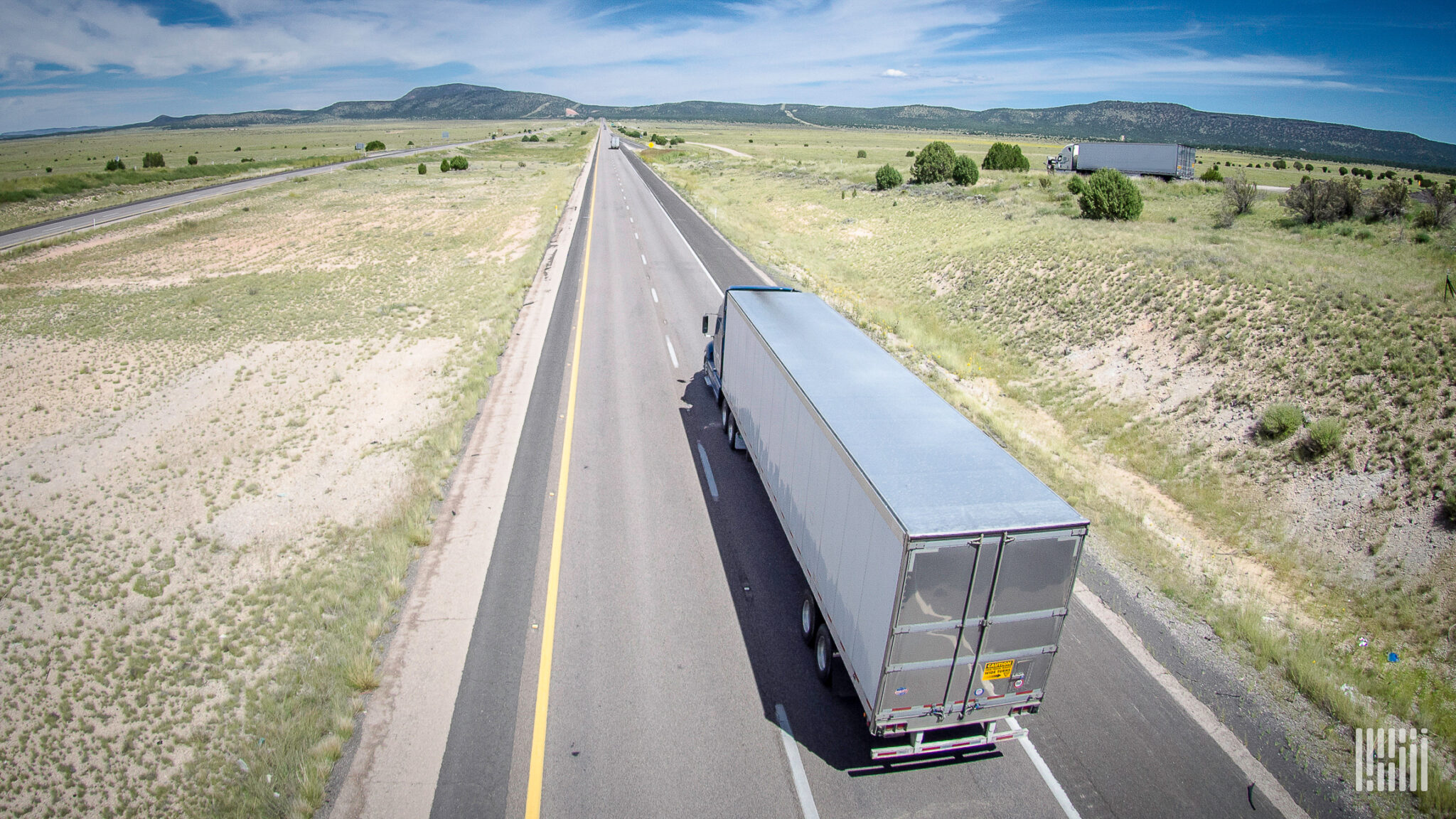Understanding the Logistics Puzzle for E-commerce Sellers
In the fast-paced world of e-commerce, sellers face a logistical maze that demands precision and flexibility. Managing strict delivery windows while juggling seasonal inventory swings and sudden spikes in demand often feels like walking a tightrope. Shipping methods that don’t quite fit the bill can lead to hit-or-miss operations and tighter margins. This is where innovative freight approaches like Shared Truckload (STL) step into the spotlight, offering e-commerce brands a clever workaround to traditional shipping pitfalls.
Logistics Challenges for Growing E-commerce Brands
E-commerce sellers operate under relentless pressure, with penalties looming for missed delivery windows and the headache of unpredictable shipment volumes — all while trying to maintain lean inventory costs. Traditional shipping options often fall short:
- Alle kuorma-auton kuormat (LTL) shipping, while common, tends to involve multiple transfers and handling stages. This can drag out transit times, raise the chance of damage, and blur shipment visibility.
- Täysi kuorma-autokuorma (FTL) shipping might guarantee a direct route but often leads to paying for unused space when shipments don’t fill a full truck, inflating costs unnecessarily.
For brands scaling quickly, these drawbacks can stifle growth. Flexibility in shipping becomes not just a luxury but a necessity to keep up with demand fluctuations and inventory optimization.
The Shared Truckload Sweet Spot
Shared Truckload offers a middle ground between the extremes of LTL and FTL shipping by letting multiple shippers share space on the same truck while still benefiting from direct, point-to-point delivery. This hybrid model packs several advantages for e-commerce logistics:
Tärkeimmät edut
| Hyöty | How STL Delivers |
|---|---|
| Luotettavuus | Fewer handoffs mean a lower risk of delays and missed delivery windows, avoiding penalties and keeping retailers happy. |
| Nopeus | Direct routes without terminal or cross-dock delays speed up transit, enabling faster replenishment and market responsiveness. |
| Kustannustehokkuus | Pay only for the truck space needed, making shipping scalable and adaptable as volumes ebb and flow. |
| Damage Reduction | Less handling lowers the chances of product damage, guarding brand reputation and cutting return costs. |
Shared Truckload vs. Traditional Shipping
| Shipping Method | Siirtymäaika | Handling Complexity | Kustannusrakenne | Damage Risk |
|---|---|---|---|---|
| LTL | Longer, due to multiple stops | Multiple transfers and cross-docking | Pay for partial load but can be inefficient | Higher due to handling |
| FTL | Direct, fastest | Minimal handling | Pay for full truck, regardless of load | Lowest |
| STL | Close to FTL, faster than LTL | Minimal, direct delivery | Pay for actual space used | Lower than LTL |
Leveraging Shared Truckload for Fast Growth
As brands expand, demands for flexible logistics surge. Shared Truckload is perfectly suited to this phase, providing the ability to ship mid-sized loads quickly without waiting to fill an entire truck. This flexibility helps maintain momentum during critical growth spurts and seasonal peaks.
Moreover, STL supports multi-channel expansion, from direct-to-consumer sales to traditional retail, all while simplifying the logistics puzzle instead of complicating it.
An Illustration of Success: CGK Linens
Take the example of CGK Linens, a prominent Amazon FBA brand in home goods, which found STL to be a game changer. Partnering with Flock Freight, they trimmed transit times by over 25% compared to LTL, giving them a leg up in the competitive Amazon marketplace.
They also slashed inventory by 25-50%, cutting storage fees significantly and achieving a 23% transportation cost reduction vs traditional full truckload methods. What’s more, eliminating cross-docking wiped out damages entirely, ensuring goods arrived showroom fresh.
Beyond numbers, the consistent support from Flock Freight transformed their transportation management, easing the operational burdens that come with scaling fast.
Why STL Matters in Today’s Competitive Market
Logistics excellence now stands as a crucial pillar of e-commerce competitiveness. STL blends the best of both worlds by offering near full truckload reliability and speed without the full truckload price tag. This balance empowers brands to keep inventory lean, costs low, and service levels high — a trifecta that can spell the difference between thriving and merely surviving.
Taking the Wheel: Making Informed Logistics Choices
Of course, reading the glowing reviews and success stories paints a promising picture, but nothing quite beats firsthand experience. With platforms like GetTransport.com, e-commerce players gain access to a wide spectrum of affordable and reliable cargo transportation options, covering everything from office and home relocations to delivering bulky or sensitive freight.
By tapping into such services, sellers can sidestep common shipping headaches and enjoy transparent pricing and smooth operations. Having this kind of logistical flexibility at your fingertips means you’re not left in the lurch when your shipment volumes suddenly spike or dip. Book your Ride at GetTransport.com and cruise smoothly through your supply chain challenges.
Wrapping Up: How STL Shapes the Future of E-commerce Logistics
Shared Truckload emerges as a powerful logistics strategy for e-commerce shippers, striking the right balance between cost, speed, reliability, and flexibility. It removes much of the friction inherent in traditional shipping models, helping brands optimize freight transport and inventory management alike.
Platforms like GetTransport.com align perfectly with these logistics needs, delivering reliable, global cargo transport solutions at competitive prices. They take the hassle out of moving goods — whether household furniture, vehicles, or pallets of merchandise — making shipping less of a chore and more of a streamlined operation.
In short, embracing innovative freight solutions like STL combined with versatile transportation platforms can propel e-commerce businesses forward, ensuring their shipment, forwarding, and distribution needs are met without breaking the bank.

 How Shared Truckload Enhances E-commerce Shipping Efficiency and Growth">
How Shared Truckload Enhances E-commerce Shipping Efficiency and Growth">